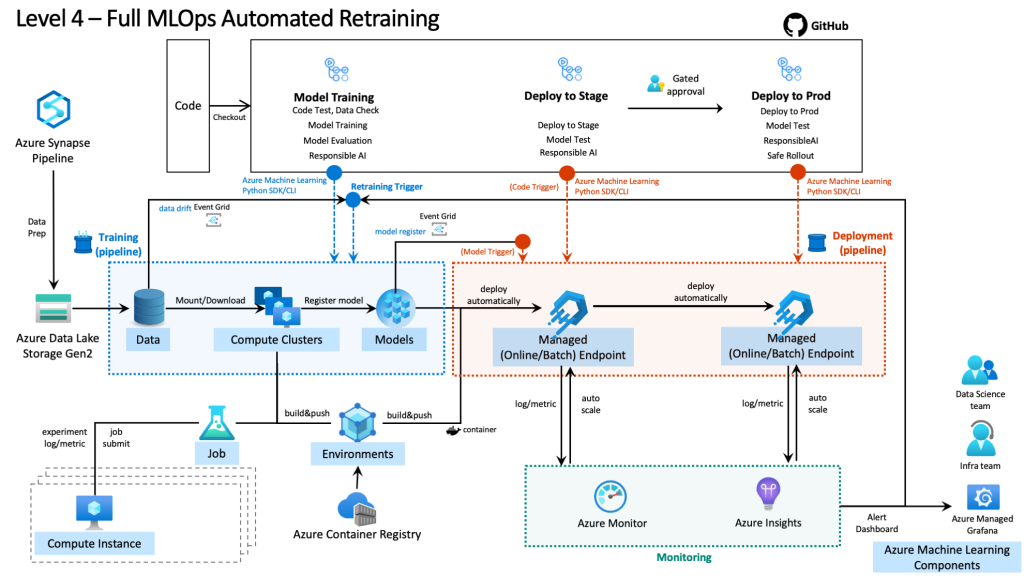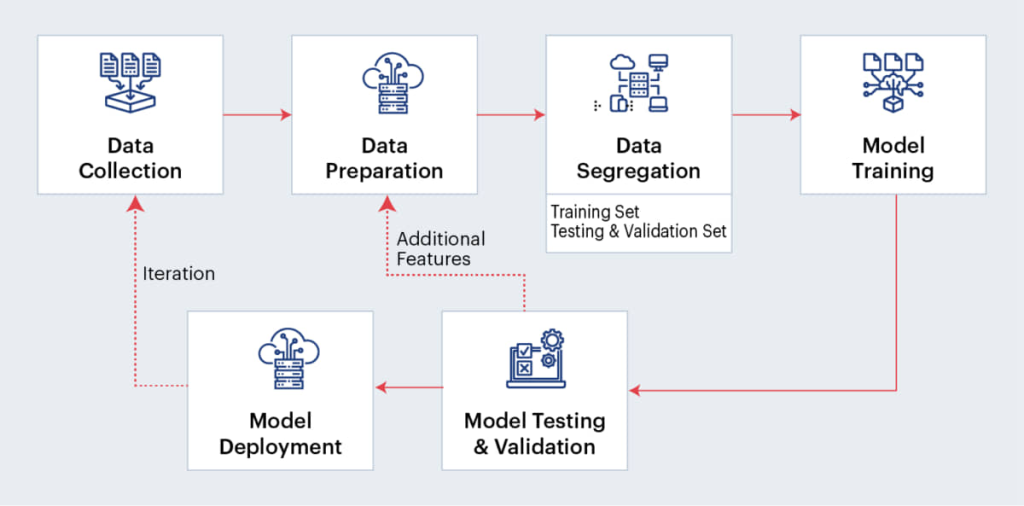
MLOps is the buzzword in the industry, and rightly so. It has revolutionized the way we build and deploy machine learning models. One of the significant benefits that MLOps brings to the table is automation. Automation is the key to scale and speed up the machine learning development process. In this article, we will explore how to do automation using MLOps.
What is MLOps?
MLOps is a set of practices that combines the principles of DevOps with machine learning. It aims to bring collaboration, automation, and infrastructure management to the machine learning development process. MLOps covers the entire machine learning life cycle, from data preparation to model deployment and monitoring.
Why Automation is Important in MLOps?
Automation is crucial in MLOps for the following reasons:
- Speed: Automation helps in reducing the time required for repetitive tasks, such as data preparation, model training, and deployment.
- Consistency: Automation ensures that the same process is followed every time, resulting in consistent results.
- Accuracy: Automation eliminates the possibility of human errors, resulting in accurate and reliable models.
- Scalability: Automation allows scaling the machine learning development process without increasing the workforce.
How to Do Automation Using MLOps?
To do automation using MLOps, follow the steps below:

Step 1: Set Up a Continuous Integration and Continuous Deployment (CI/CD) Pipeline
The first step in automating MLOps is to set up a CI/CD pipeline. A CI/CD pipeline automates the entire machine learning development process, from data preparation to model deployment and monitoring. It ensures that every change made to the code is automatically tested, built, and deployed to a production environment.
Step 2: Use Version Control
Version control is a crucial aspect of MLOps automation. It helps in managing the codebase, tracking changes, and collaborating with the team. Using version control, such as Git, ensures that every change made to the code is tracked, and the team can easily collaborate on the same codebase.
Step 3: Automate Data Preparation
Data preparation is a time-consuming and repetitive task in machine learning development. Automating data preparation using tools such as Apache Airflow or Kubeflow Pipelines can significantly speed up the process.
Step 4: Automate Model Training
Model training is one of the most critical tasks in machine learning development. Automating model training using tools such as TensorFlow Extended (TFX) can significantly reduce the time required for training the models.
Step 5: Automate Model Deployment

Once the model is trained, the next step is to deploy it to a production environment. Automating model deployment using tools such as Kubernetes can ensure that the model is deployed quickly and consistently.
Step 6: Automate Model Monitoring
Monitoring the deployed model is crucial to ensure that it is performing as expected. Automating model monitoring using tools such as Prometheus or Grafana can help in detecting any anomalies and taking corrective actions.
Conclusion
MLOps automation is crucial for scaling and speeding up the machine learning development process. It brings collaboration, automation, and infrastructure management to the machine learning life cycle. By following the steps mentioned in this article, you can easily automate MLOps and reap the benefits of speed, consistency, accuracy, and scalability.